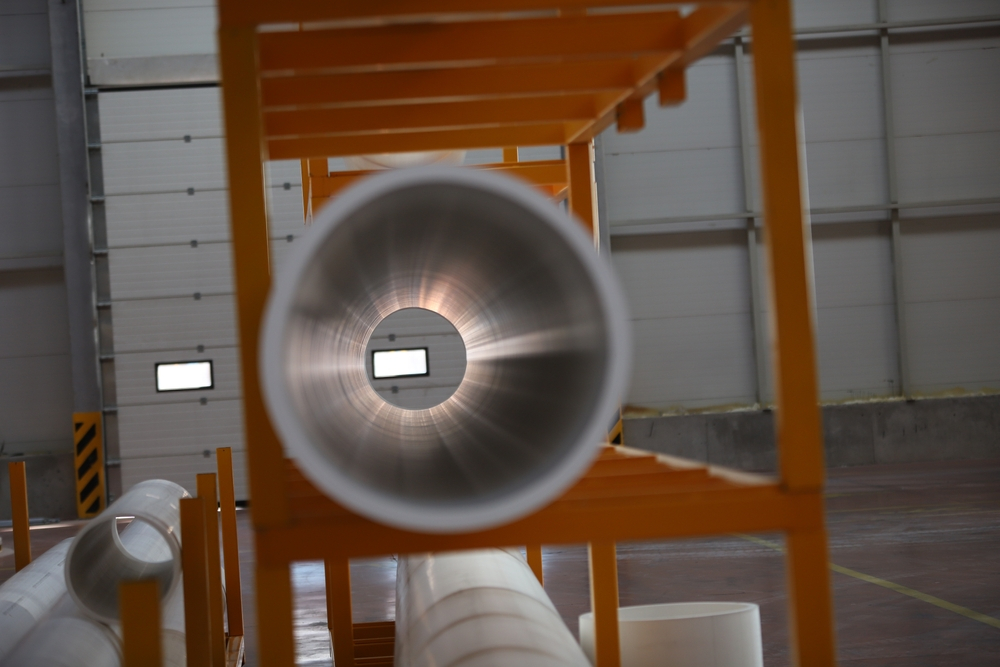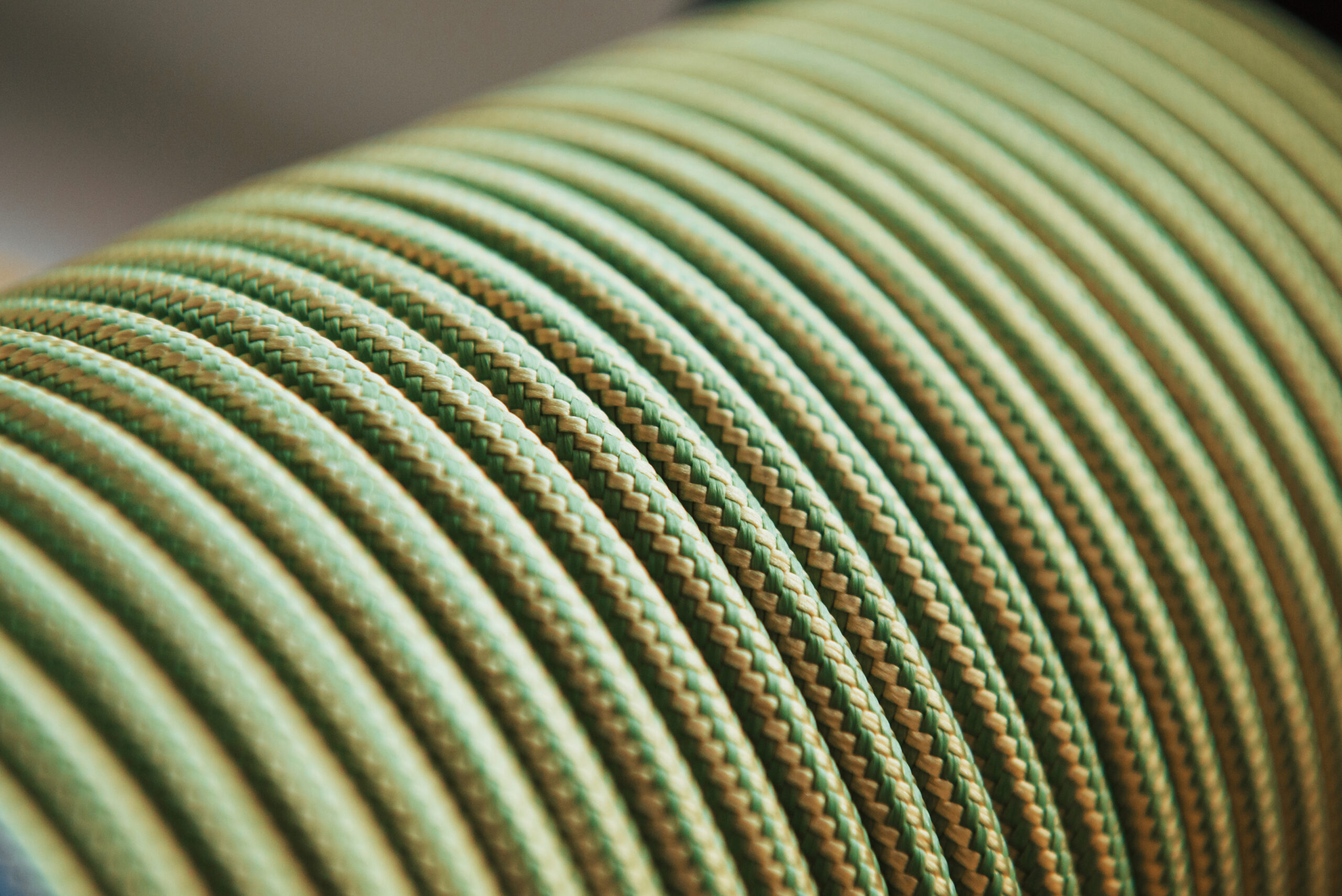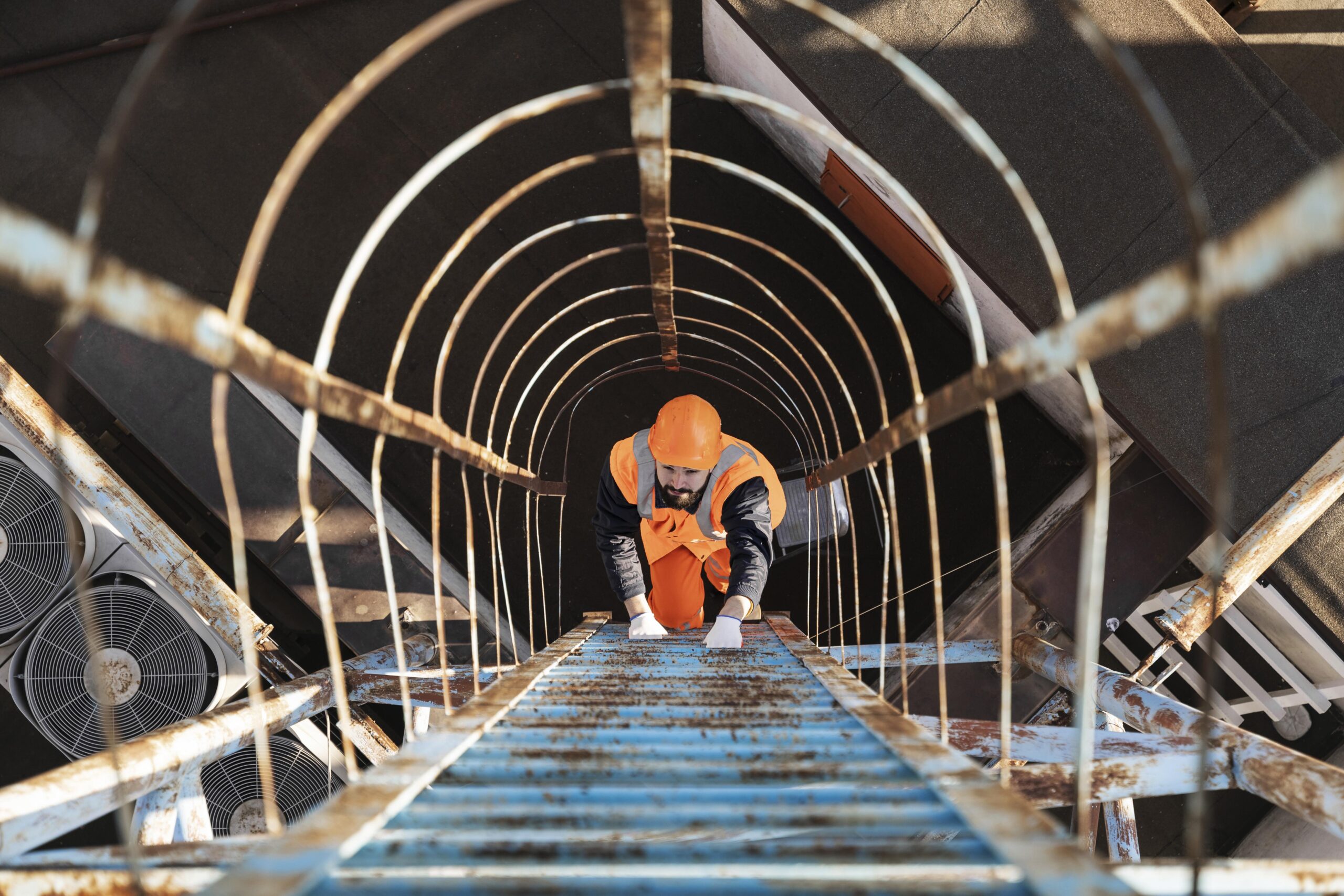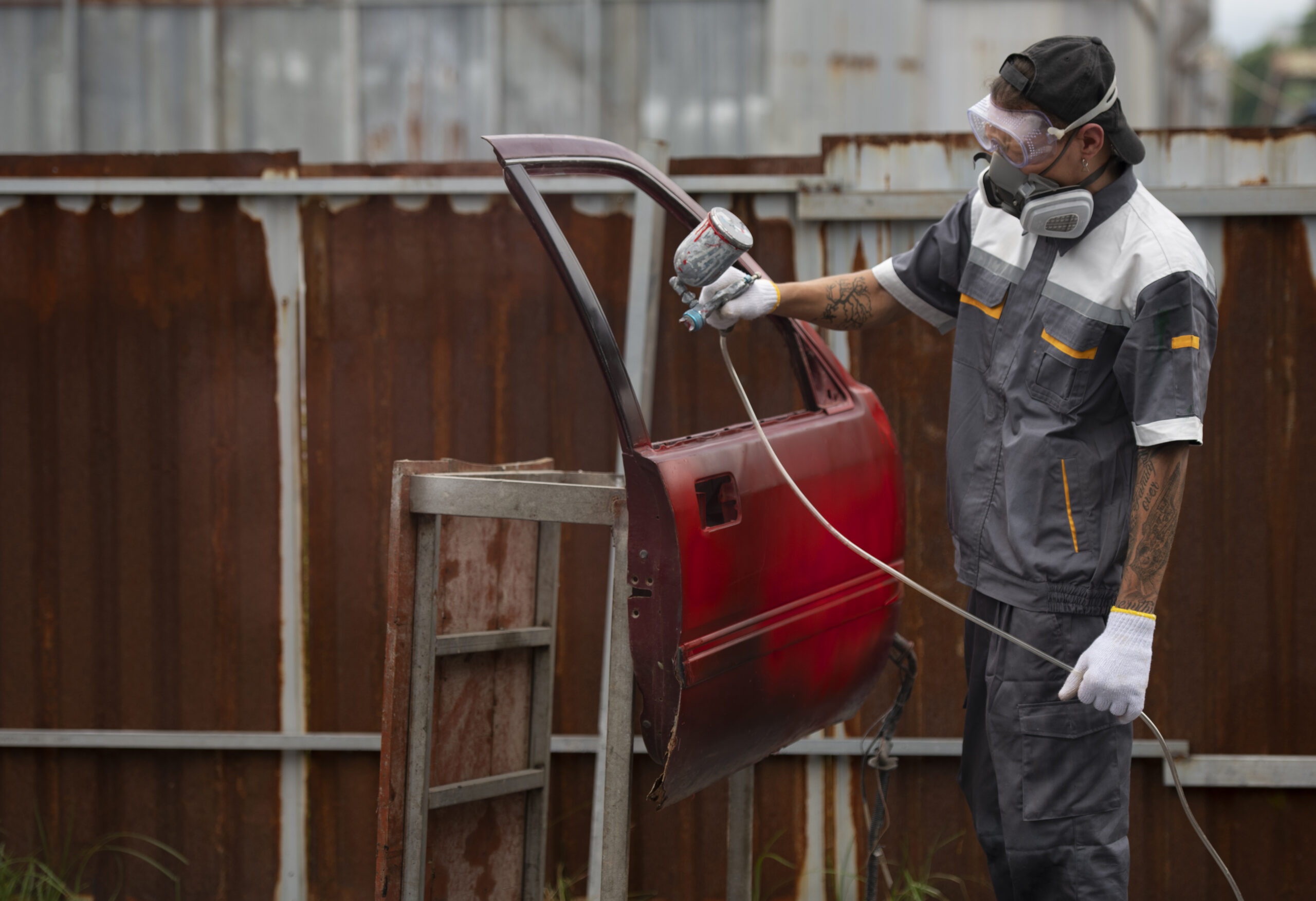Do you want a complete concept of zinc-plated VS Galvanized, then read till the end. When moisture collects on the leather of stainless steel, it can cause oxidation, a chemical reaction that strips away the element it’s made of, it also can cause corrosion. Steel is used in a variety of applications, from construction to consumer goods such as pots and pans. Steel is classified into two types: galvanized steel and metallic steel.
To make an informed determination about which type to choose, you must first understand the differences between each type. Some goods are manufacture with zinc-plated steel or plated steel to prevent oxidation. Zinc plating and galvanizing are two common words in the metal industry. Both include the method of zinc metal plating, however, the products are not the same?
To choose the best product for your construction projects, you must first understand the differences between the two procedures.
What Exactly Is The Plating?
Plating is the process of covering a metal surface with this other metal to provide additional protection. In contrast, I’ve even seen aluminum cans with silver interiors. To paint metal, you need a substance that is denser than the steel itself. When steel comes into contact with water and oxygen, it rusts. Corrosion can damage the steel and eventually break it. You can protect steel from corrosion and increase its life by coating it with another metal. Steel can be coated with a variety of materials, the most common being zinc and aluminum.
What Exactly Is Galvanized Steel?
Galvanized steel, but on the other hand, applies to galvanized steel. Galvanization, like zinc coating, is a metal that describes functions that protect against oxidation. Galvanizing, like zinc coating, includes the use of zinc. Both zinc-coat steel and galvanize steel have a protective layer of zinc. The zinc coating on the outside protects the stainless steel from moisture and prevents it from rusting or corrosion..
Since zinc is found in both metallic steel and galvanize steel, you might ask how they are different. The primary distinction is that zinc-coated metal is produced using an electric charge, while galvanized steel is usually produced by the hot-dip method. The hot-dip method, as the name implies, involves the use of hot molten zinc.
In the furnace, zinc particles melt. The steel is then dipped in freshly melted zinc. It is allowed to cool after removing the steel product. Cooling causes the zinc particles to solidify, which leads to the formation of a solid barrier surrounding the steel product.
Galvanizing Steel Uses
Hot brazing is ideal for outdoor applications where passivation is critical. Examples are fences, outdoor walks, roofs, wind and solar industries, construction, agriculture, the automobile sector, etc.
What Exactly Is Zinc Coating?
Zinc plating, also known as electro galvanizing, is the technology of coating metal with zinc using an electric current. It does provide some rust protection, although it is not as corrosion resistant as hot-dip galvanize metal. The zinc coating acts as a physical barrier, preventing rust from penetrating the surface of the base metal. This metal was chosen because of its inherent ability to resist corrosion.
Zinc Plating Steel Uses
This type of steel plating is commonly uses in indoor environments or moderately corrosive environments. Some examples are screws, other fasteners, lamp plates, springs, turning handles, etc.
Zinc Plated VS Galvanized: What’s the difference?
Steel prepares in the same way whether it is hot-dip galvanizing or zinc plating. In an acid bath, the steel is scrubbing to remove all oil, grease, paint, mill scales (small metal flakes), and rust. When steel is hot-dip galvanized, it dips in the electrolysis of 450°C of pure molten zinc. Due to the high temperature, the steel, and liquid zinc bond together. Steel and zinc combine to form one.
On the other hand, zinc plating involves immersing a metal in a suitable cold zinc solvent and applying a layer of zinc with an electric current. Coating thickness is specifies in microns or micrometers (m). Zinc coating requires a uniform depth of 5 m (.005 µm) and a maximum thickness of 25 m (.025 mm). Painting steel any thinner than this can become very complex and expensive. Hot-dip galvanizing requires a minimum thickness of 45 m (.045 mm) and can be extended to 100 m (.1 mm).
When You Should Use Galvanizing Or Zinc Plating Steel?
As you probably know, both galvanizing steel and zinc-coat metal have a zinc coating. If you see galvanize, it does not automatically indicate that it is hot-dip galvanize; it could also have been electro-galvanize. Therefore, before purchasing galvanize steel products, be sure to know what type of galvanizing procedure is use and which one is ideal for your specific needs.
Because hot-dip galvanizing items have a stronger zinc coating, they provide superior barrier properties than zinc-coated steel if used outdoors or in wet conditions.
Advantages And Disadvantages Of Galvanize Plating
The galvanizing process provides improving protection for the steel, allowing it to be stronger and last longer than other forms of steel. While the coating can flake and corrosion the metal underneath over time, the zinc layer cannot easily separate or damage. As a result, galvanize steel is very durable and strong.
Advantages And Disadvantages Of Zinc Plating
By forming a physical barrier, the zinc coating extends the base metal. The barrier they create prevents moisture from reaching the base metal, thus avoiding corrosion. Zinc plating is useful for preventing stains because it corrodes 100 times slower than some other metals.
Zinc-coated steel has the disadvantage of not being as durable as galvanized steel. The zinc coating is easily destroyable, allowing the steel to corrosion. Another drawback is that the zinc plating procedure needs another layer of carbonic acid to further protect against corrosion. Workers’ health can affecting by repeating exposure to chromate.
Chromate also generates a sludge that is toxic and hazardous to the environment. Moreover, since it is not as durable as galvanize steel, it is probably not the best choice for items that should be very durable.
Conclusion
Have you chosen between Zinc plated VS Galvanized? Both zinc plate steel and galvanize steel are oxidation resistant. This does not contains exposing steel. However, they have a layer of zinc on top of them. Both have some positive and negative effects. So, it’s up to your choice, you can choose whatever suits you more.





